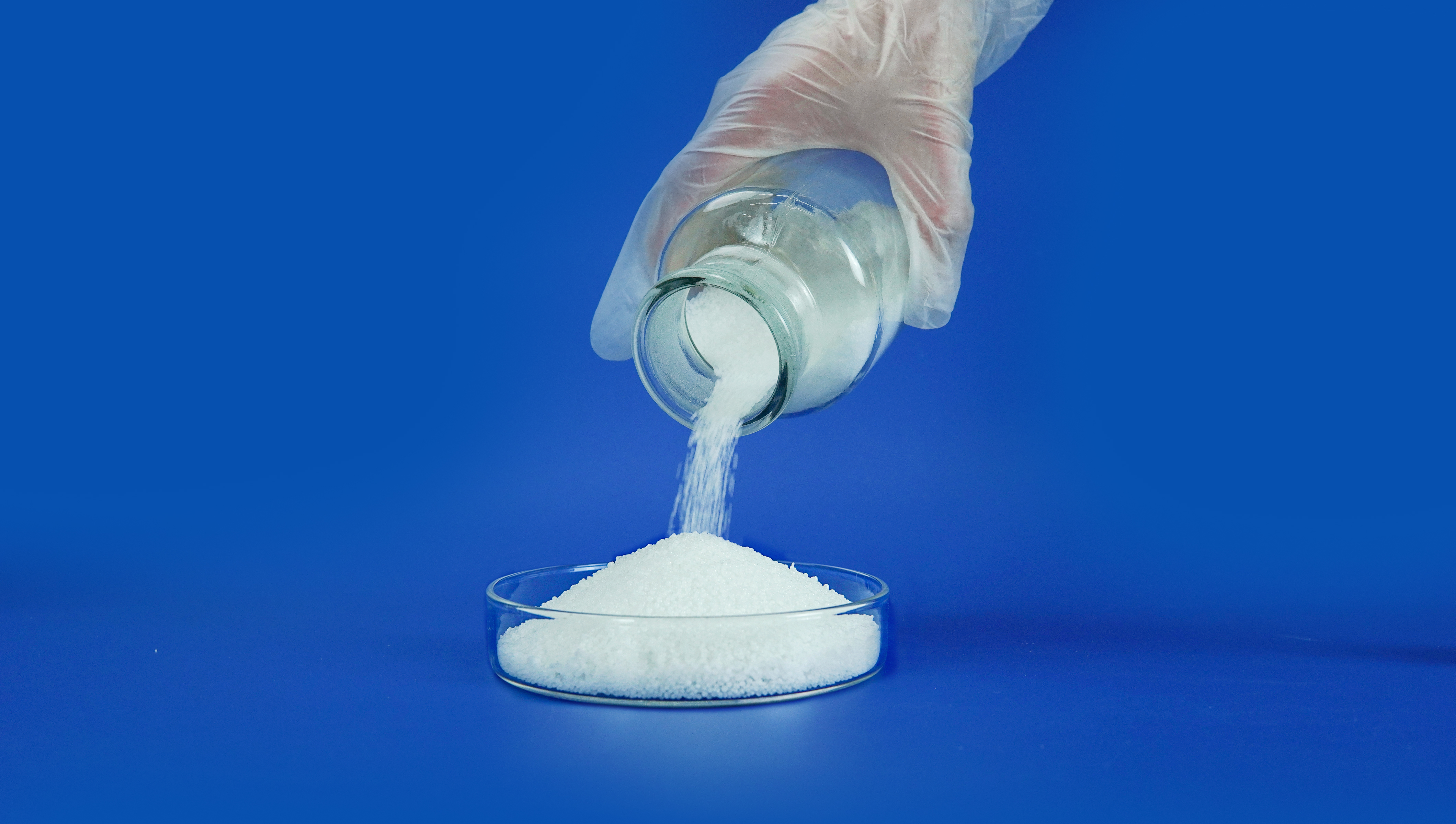In recent years, the polypropylene industry has continued to expand its capacity, and its production base has also been growing accordingly; However, due to the slowdown in downstream demand growth and other factors, there is significant pressure on the supply side of polypropylene, and competition within the industry is evident. Domestic enterprises frequently reduce production and shutdown operations, resulting in a decrease in operating load and a decline in polypropylene production capacity utilization. It is expected that the utilization rate of polypropylene production capacity will break through a historic low by 2027, but it is still difficult to alleviate supply pressure.
From 2014 to 2023, the domestic polypropylene production capacity has significantly increased, driving the annual increase in polypropylene production. By 2023, the compound growth rate reached 10.35%, while in 2021, the polypropylene production growth rate reached a new high in nearly 10 years. From the perspective of industry development, since 2014, driven by coal chemical policies, the production capacity of coal to polyolefins has been continuously expanding, and the domestic polypropylene production has been increasing year by year. By 2023, the domestic polypropylene production has reached 32.34 million tons.

In the future, there will still be new production capacity released for domestic polypropylene, and production will also increase accordingly. According to Jin Lianchuang's estimation, the month on month growth rate of polypropylene production in 2025 is about 15%. It is expected that by 2027, the domestic polypropylene production will reach approximately 46.66 million tons. However, from 2025 to 2027, the growth rate of polypropylene production has slowed down year by year. On the one hand, there are many delays in capacity expansion devices, and on the other hand, as supply pressure becomes more prominent and the overall competition in the industry gradually increases, enterprises will reduce negative operations or increase parking to alleviate temporary pressure. At the same time, this also reflects the current situation of slow market demand and rapid capacity growth.
From the perspective of capacity utilization, in the context of overall good profitability, production enterprises had a high capacity utilization rate from 2014 to 2021, with a basic capacity utilization rate of over 84%, especially reaching a peak of 87.65% in 2021. After 2021, under the dual pressure of cost and demand, the utilization rate of polypropylene production capacity has declined, and in 2023, the utilization rate of production capacity has declined to 81%. In the later stage, there are multiple domestic polypropylene projects planned to be put into operation, so the market will be suppressed by high supply and high costs. In addition, the difficulties of insufficient downstream orders, accumulated finished product inventory, and declining profits of polypropylene are gradually emerging. Therefore, production enterprises will also take the initiative to reduce load or take the opportunity to shut down for maintenance. From the perspective of coal to polypropylene, currently, most of China's coal to polypropylene products are low-end general-purpose materials and some mid-range specialty materials, with some high-end products mainly imported. Enterprises should continuously transform and upgrade, gradually transitioning from low-end and low value-added products to high-end products, in order to enhance market competitiveness.
Post time: Apr-22-2024


